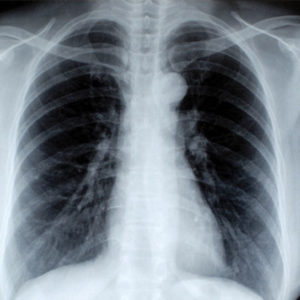Digital X-Ray
X-rays are the most common form of imaging tests, utilized to view the body’s internal structures without making an incision. The test helps physicians/doctors identify fractures, arthritis, tumors, lung fluid or pneumonia, and more.
-
OFF 20%

X-Ray
₹248.00 – ₹5,880.00 Select options This product has multiple variants. The options may be chosen on the product page

Is it harmful?
Who needs it?
- Examine an area where you’re experiencing pain or discomfort
- Monitor the progression of a diagnosed disease, such as osteoporosis
- Check how well a prescribed treatment is working.
But x-rays are also used to diagnose other issues. For instance, chest x-rays can spot pneumonia.
Common conditions that call for an x-ray include:
- Conditions affecting your heart and lungs
- To rule out fractures
- Osteoporosis, joint swelling
- Needing to retrieve swallowed items

Who Does It?
A technologist is a person specially trained to perform radiology examinations. He/She positions the patient on the x-ray table and positions the x-ray film holder or digital recording plate beneath the table in the area of the body being imaged.
Does it need any preparation?
There are no particular preparations for a diagnostic X-Ray exam. The technologist will confirm your identity and review requested. The test should not cause any significant uneasiness. In some cases, you may need to take a contrast material or “contrast dye” before your X-ray. This is a substance that will help improve the quality of the images. Depending on the reason for the X-ray, the contrast dye may be given in different ways, via a liquid that you swallow or injected into your body.
Who should not undergo an x-ray?
What are the potential side effects of an X-Ray?
Digital X-Ray centres in Bangalore
Digital X-Ray centre in Malleswaram
Digital X-Ray centre in Kadugodi
Digital X-Ray centre in Siddapura
Digital X-Ray centre in Dommasandra
Digital X-Ray centre in Domlur
Digital X-Ray centre in Jakkur
Find out highly skilled and well qualified specialists work schedule and fix an appointment on convenient time
Related Insights
For the Hero Who Never Takes a Break
Your efforts often go unnoticed. You stay strong in silence, fix problems without a fuss, and carry the weight without expecting anything in return....
Summer Acne Care Tips: Prevent Breakouts, Body Acne & Rashes in Hot Weather
Summer brings sunshine, beach trips and longer days but if you’re prone to acne, it might also bring unwanted breakouts. Summer can be rough on...



